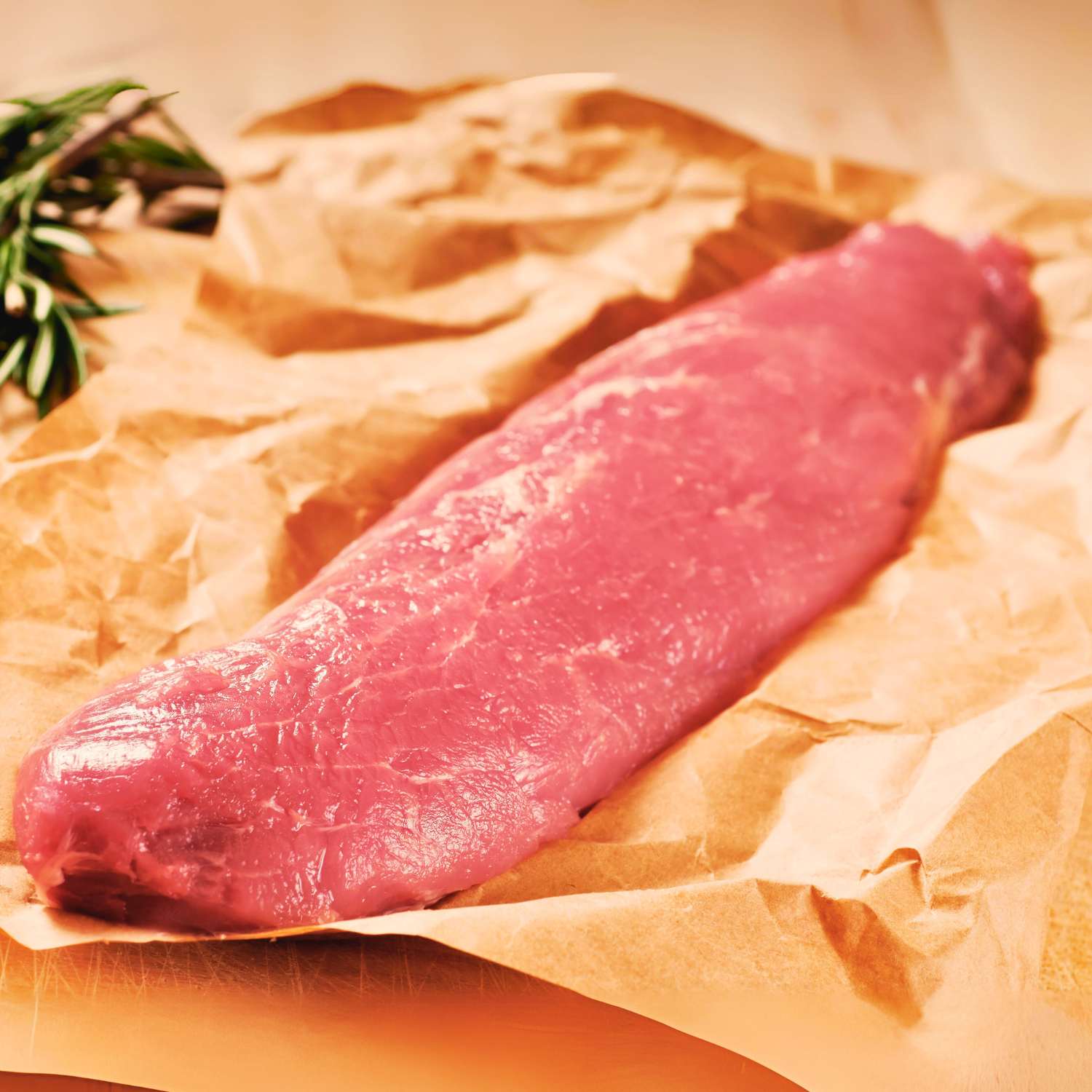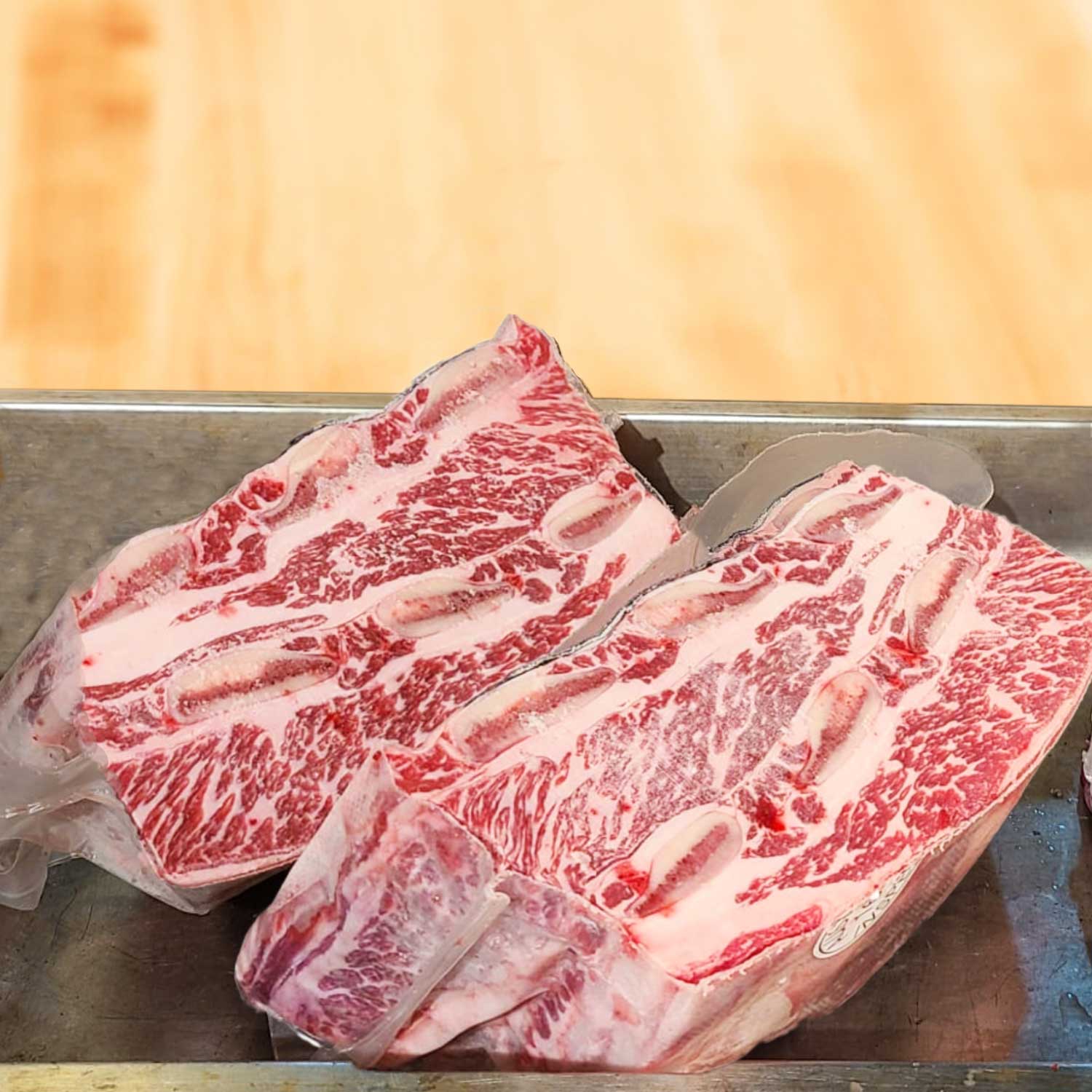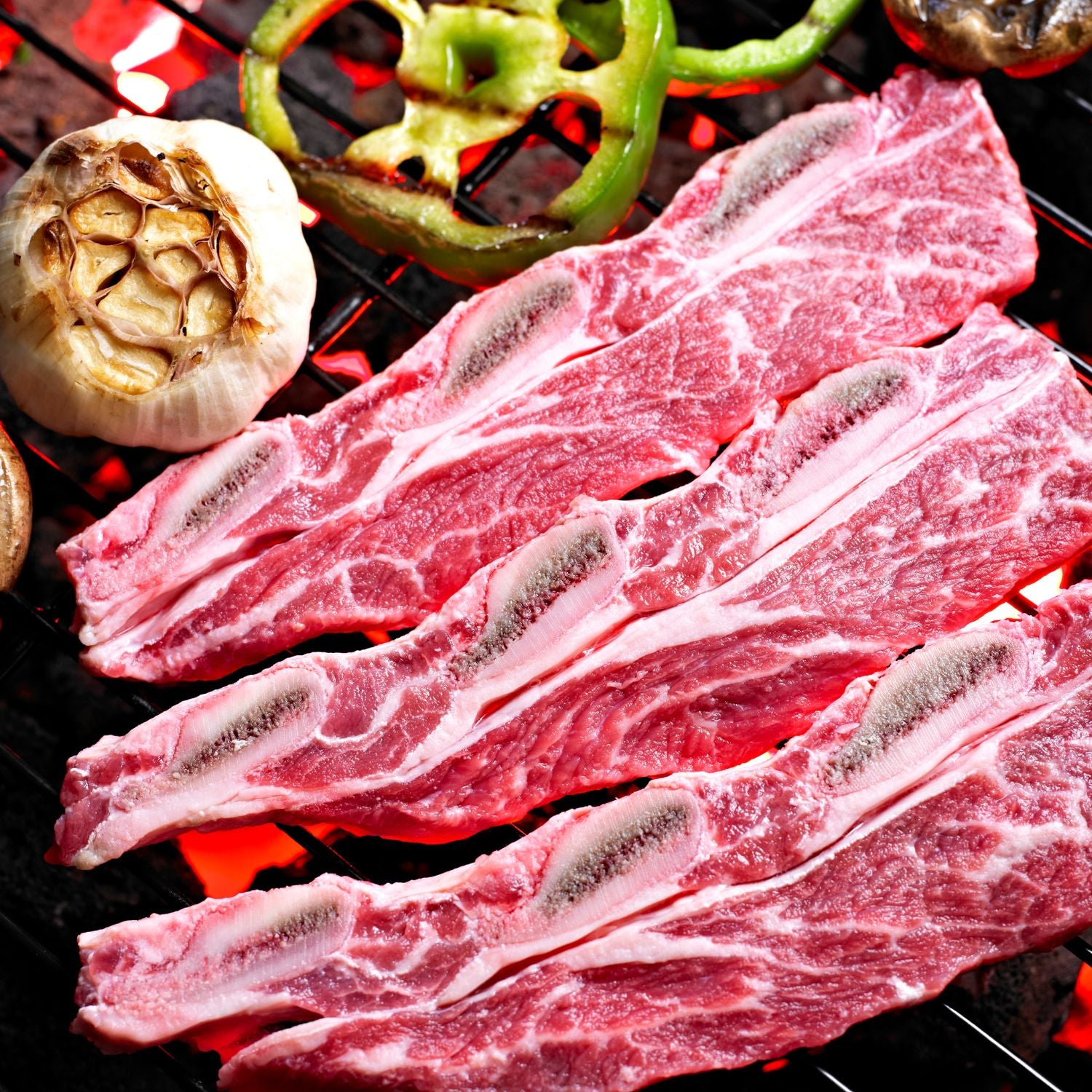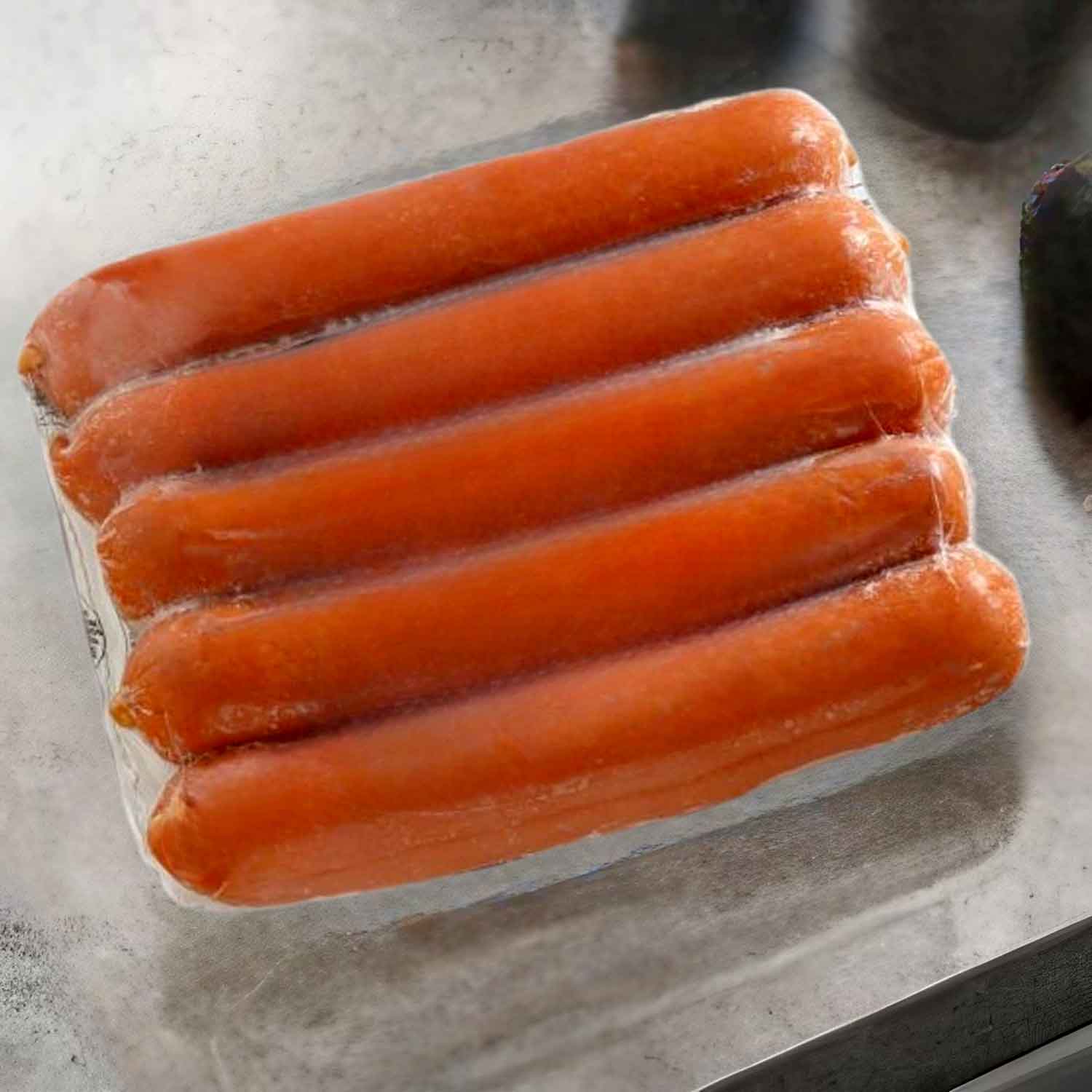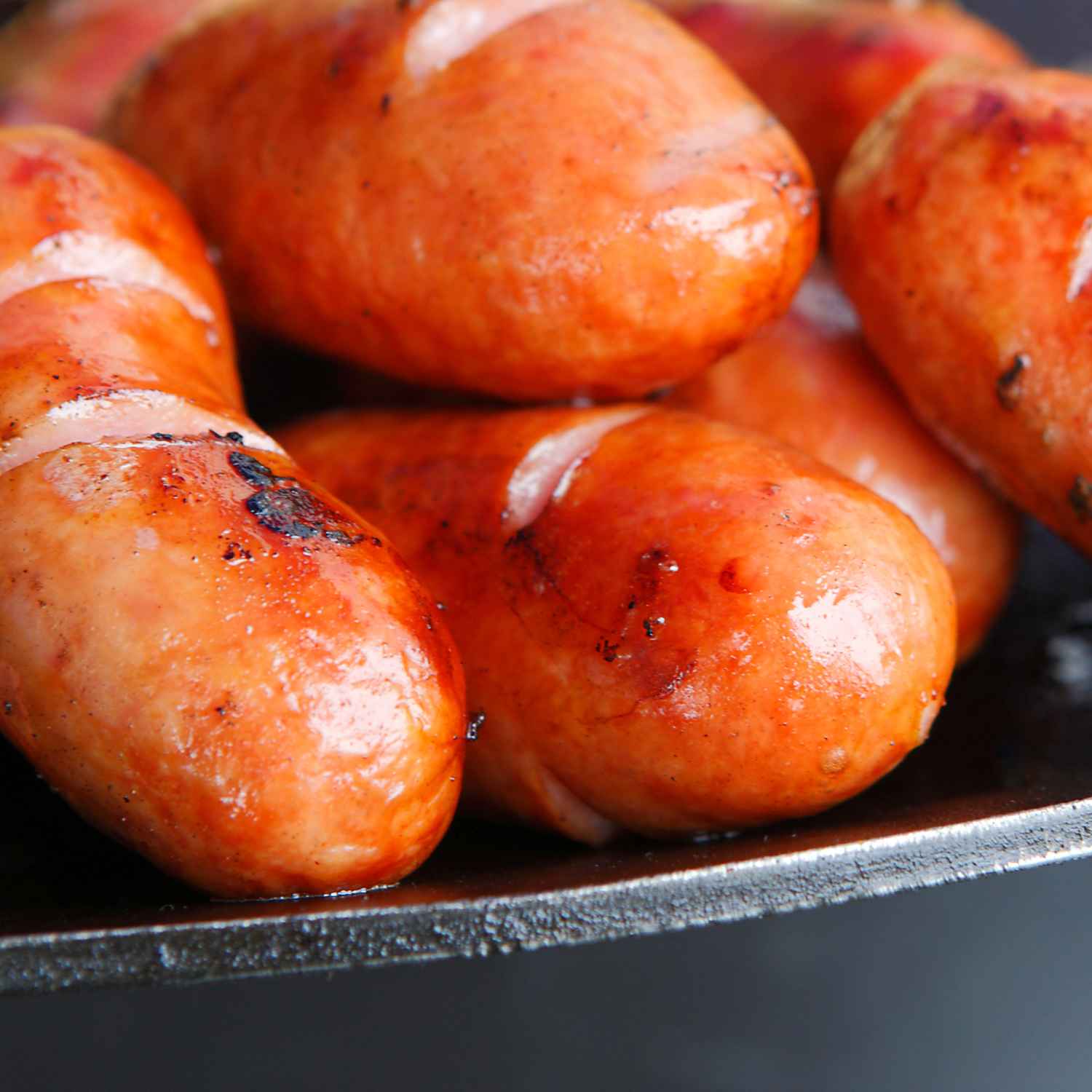Understanding the Unique Qualities of Grassfed Beef
What Is Grassfed Beef?
Grassfed beef is special. It comes from cows that eat only grass. These cows live on open fields, not closed spaces. The meat is leaner and has a unique taste.

The beef is full of good things like omega-3 fats. It is also better for the planet. Grassfed cows help the soil and use less energy.
In Hong Kong, people look for quality. They want beef that is tasty and healthy. This is why grassfed options are becoming popular there.
Cooking this beef is different. It needs care to keep its special flavors. This type of beef can make meals extra special in Hong Kong.
Why Choose Grassfed Beef?
Grassfed beef offers a distinct choice for those who value natural diets and robust flavors. It comes from cattle that graze on grass, not grains. This not only affects the beef's nutritional content but also its taste. Choosing grassfed beef means opting for meat that is often richer in omega-3 fatty acids and vitamins. It also has a more intense beefy flavor that can elevate any dish. For health-conscious consumers in Hong Kong, grassfed beef is a preferential option. It aligns with a growing demand for sustainable and environmentally friendly foods. It can also offer a unique taste experience that sets it apart from conventional alternatives. In the competitive markets of Hong Kong, offering grassfed beef can be a mark of quality and commitment to excellence.
The Difference Between Grassfed and Conventional Beef
The key distinctions between grassfed and conventional beef are numerous. Grassfed cattle graze on a natural diet of grass, which is not the case with conventional beef. This difference in diet leads to several clear contrasts. Grassfed beef often has a leaner profile with less fat. It tends to have a more varied flavor, influenced by the grasses in the animal's diet. On the other hand, conventional beef is typically finished on grains like corn or soy, which can lead to a fattier product with a more uniform taste. Grassfed beef contains more beneficial omega-3 fatty acids and conjugated linoleic acid (CLA). These are heart-healthy fats that are less prevalent in grain-fed counterparts. Moreover, grassfed beef is generally thought to be a more sustainable option, as it promotes better land management and animal welfare. Hong Kong epicureans value these distinctions, often seeking the health and environmental benefits that come with grassfed beef.
Innovative Cooking Techniques for Grassfed Beef
Pan-Frying vs. Slow-Cooking: Optimizing Flavor and Texture
To cook the best grassfed beef, you must understand how to use heat. Pan-frying is quick. It seals in the beef's juices. You get a nice brown crust. Slow-cooking, on the other hand, is different. It breaks down tough fibers. The meat becomes tender. In Hong Kong, where time is of the essence, both techniques are valuable. Choose pan-frying for a faster meal. Opt for slow-cooking when you have more time. In both methods, controlling the temperature is key. It ensures your beef is flavorful and has a good texture.
The Role of Seasoning and Marinades in Enhancing Grassfed Beef Dishes
Seasoning and marinades are key to delicious grassfed beef. They add deep flavors. Marinades tenderize the meat, too. Use healthy oils and fresh herbs. Combine soy sauce, garlic, and ginger for an Asian twist. Acids like lemon juice can boost tenderness. But don't marinate for too long. Over-marinated beef can get mushy. Experiment with different spices. Common ones include rosemary and black pepper. Try unique Hong Kong flavors. Star anise and oyster sauce add local taste. Always let the beef rest after cooking. This lets flavors sink in. A good marinade makes grassfed beef shine.
Leveraging the Power of Social Media and Online Communities
Social media can boost your beef dishes' fame. On platforms like Facebook and Instagram, show how you cook. Use hashtags like #GrassfedBeefHK for more eyes. Join online foodie groups. Share tips and ask for advice. Create cooking demo videos to engage viewers. Use feedback to improve your recipes. This connects cooks across Hong Kong. It helps you learn and grow in the beef cooking community.
Overcoming Challenges and Best Practices
Navigating the Challenges of Cooking Premium Beef
Cooking premium grassfed beef can be tough. The lean meat cooks quicker and may dry out fast. Many cooks face issues like overcooking, which makes the beef tough. Lack of marbling often means less flavor. To overcome these, you must be precise with timing. Use a meat thermometer for the best results. Make sure your beef is at room temperature before cooking to ensure even heating. Resting the beef after cooking is key. It lets the juices redistribute, keeping the meat moist.
Tips for Perfectly Cooked Grassfed Beef Every Time
Perfectly cooking grassfed beef is an art. Here are simple tips for success:
- Don't rush the thawing process. Let it thaw slowly in the fridge.
- Bring your beef to room temperature before cooking.
- Use a meat thermometer to check for doneness accurately.
- Let the beef rest after cooking to keep it juicy.
- Experiment with cooking times. Grassfed beef cooks faster than grain-fed.
Follow these steps for a delicious meal every time!
The Importance of Presentation and Customer Engagement in Hong Kong's Competitive Market
In Hong Kong's bustling market, presentation is key. Customers are drawn in by visuals. Engage them with eye-catching plating of grassfed beef dishes. Use colors and garnishes smartly. Excellent customer engagement is crucial too. Build trust through open communication about the beef's origin and benefits. Share cooking tips on social media. Encourage feedback and respond promptly. These strategies can set you apart in the competitive culinary scene.












